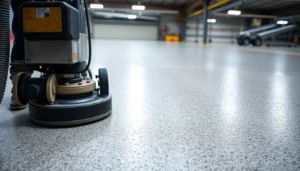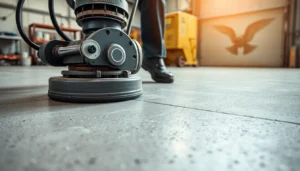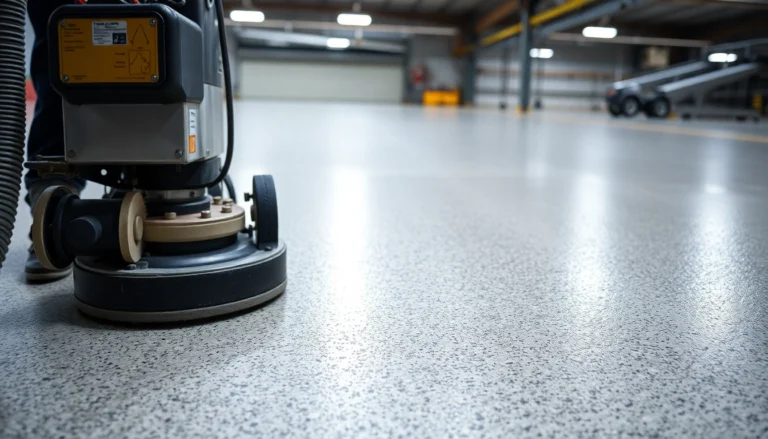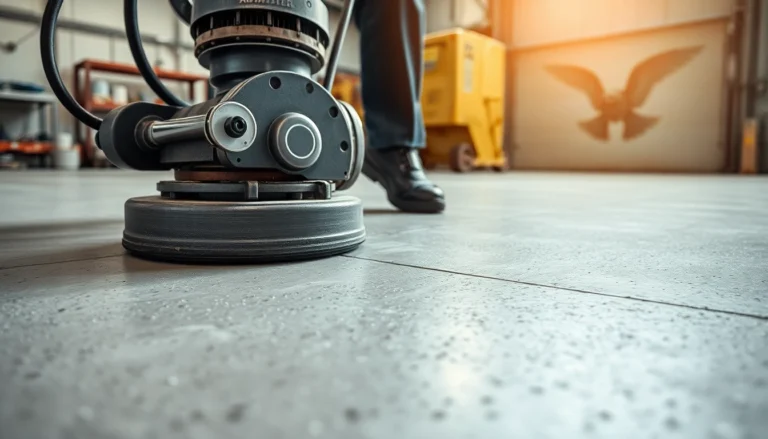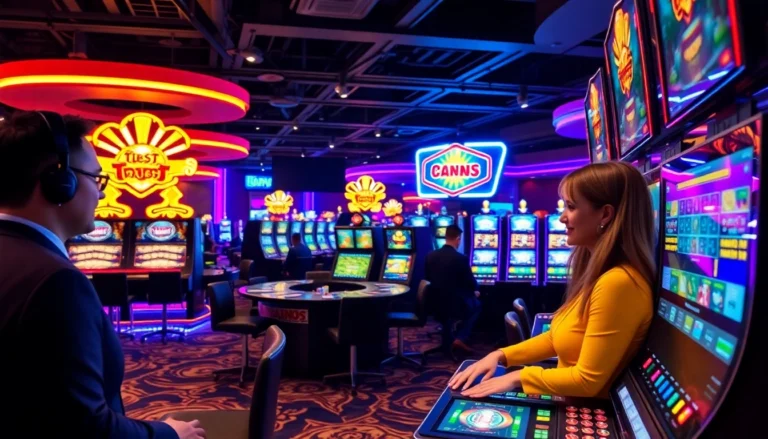Understanding the Appeal of Tappeto Persiano Milano
The city of Milan, renowned for its fashion, design, and vibrant cultural scene, also boasts a deep appreciation for timeless craftsmanship and luxurious interior accents. Among these, the Tappeto persiano Milano stands out as a symbol of elegance, heritage, and artistry. These exquisite Persian rugs are not merely floor coverings; they are woven stories of centuries-old traditions, shaped into stunning pieces that elevate any space. The allure of Persian rugs in Milan stems from their rich history, superior craftsmanship, and the city’s position as a melting pot of global art and design influences.
History and Cultural Significance of Persian Rugs in Milan
Milan’s relationship with Persian carpets dates back decades, firmly rooted in the city’s role as a hub for luxury goods and international trade. Historically, Persian rugs have symbolized wealth, refined taste, and cultural exchange. The city’s affluent aristocracy and modern connoisseurs alike have long admired these handwoven masterpieces for their intricate designs and spiritual symbolism. Importers and artisans in Milan have worked diligently to preserve and promote authentic Persian craftsmanship, making the city one of Europe’s most reliable and sophisticated markets for genuine Tappeto persiano.
Today, Milan’s design scene seamlessly blends tradition with innovation, often featuring Persian rugs in contemporary decor settings. The city’s galleries, showrooms, and private collectors treat these pieces not only as functional art but also as investments with historical and cultural significance. Moreover, Milan hosts numerous exhibitions and trade shows dedicated to Persian art, fostering continued appreciation and understanding of these exquisite artifacts.
Key Features and Unique Characteristics of Persian Rugs
What makes Persian rugs uniquely captivating? These rugs are renowned for their meticulous craftsmanship, often created by hand through a labor-intensive knotting process. Their durability, vibrant colors, and intricate motifs reflect regional styles from cities like Tabriz, Isfahan, Kerman, and Qom. Each region brings its signature patterns and weaving techniques, resulting in a diverse spectrum of designs ranging from floral medallions and geometric patterns to pictorial narratives.
The finest Persian rugs are made from high-quality silk and wool, with natural dyes sourced from plants and minerals, ensuring their colors remain luminous over centuries. Their symmetrical or asymmetrical knots contribute to their resilience and pattern precision, making each piece a unique work of art. In addition, the use of high-grade materials and traditional techniques guarantees that authentic Persian rugs are not merely decorative but durable heirlooms.
Why Milan Is a Hub for Authentic Persian Tappeti
The combination of Milan’s cosmopolitan elegance, appreciation for artisanal crafts, and robust market for luxury decor makes it an ideal location for authentic Persian rugs. The city’s discerning clientele seeks genuine, high-quality pieces—often sourced directly from Iran or through specialized dealers. Milan hosts trusted showrooms and artisans committed to authenticity, ensuring buyers receive genuine, hand-knotted Tappeti persiani.
Furthermore, Milan’s strategic position in Europe facilitates access to restorers, appraisers, and specialists in carpet authentication and restoration. This ecosystem supports not only the purchase but also the preservation and investment in these valuable rugs, solidifying Milan’s reputation as a premier destination for Persian carpets.
Choosing the Right Tappeto Persiano Milano for Your Space
Materials and Weaving Techniques to Consider
When selecting a Persian rug, the material and weaving technique are paramount for authenticity and longevity. Genuine Tappeti persiani are hand-knotted, often using wool, silk, or a combination of both. Wool is appreciated for its durability and soft texture, while silk offers a luxurious sheen and finer details, typically used in high-end or ceremonial pieces. The knots per square inch (KPI) metric indicates the intricacy of the weave; higher KPI signifies finer craftsmanship. Authentic Persian rugs often boast a KPI of at least 100, with luxury pieces reaching over 200.
Understanding these technical aspects helps consumers distinguish between genuine hand-knotted Persian rugs and machine-made imitations. Reputable dealers in Milan should provide detailed information about materials and the knotting process, ensuring transparency and authenticity.
Size, Pattern, and Color Options for Different Interiors
The size of your Persian rug should correspond to the proportions of the space it is intended for. Larger rugs are ideal for expansive living rooms or dining areas, creating focal points and anchoring furniture. Smaller pieces can serve as accent rugs in bedrooms or entryways. The pattern and color scheme should harmonize with your existing decor style.
Traditional motifs like floral medallions and geometric borders are versatile and timeless, fitting classic and contemporary interiors. Color palettes ranging from deep reds and blues to subtle earth tones allow you to personalize the aesthetic. When choosing, consider the lighting and color scheme of your room to ensure the rug complements rather than clashes.
Budgeting and Price Ranges for Genuine Persian Rugs
Authentic Persian rugs can vary significantly in price based on size, age, materials, and craftsmanship. Entry-level pieces might start around €200-€500 for smaller, machine-made reproductions, but genuine hand-knotted rugs range from €1,000 to over €10,000 for larger, high-quality antique or rare regional designs. The most exquisite silk rugs from regions like Ghom or Qum can fetch prices upwards of €20,000 or more.
In Milan, reputable dealers and galleries facilitate transparent pricing, often providing certificates of authenticity. Investing in a genuine Persian rug not only enhances the aesthetic value of your space but can also serve as a valuable asset appreciated over time.
How to Authenticate and Care for Your Tappeto Persiano Milano
Identifying Authentic Persian Hand-Knotted Rugs
Authentic Persian rugs are distinguished by their high knot density, natural materials, and regional motifs. Certification from reputable dealers is essential; ask for detailed provenance records. Inspect the back of the carpet—hand-knotted rugs exhibit consistent knots with clear patterns, whereas machine-made rugs often have uniform, glued-together knots.
Experts advise looking for signs of natural dyes, irregularities in knots, and fine craftsmanship. When buying in Milan, choose established showrooms and request documentation confirming the handmade origin.
Cleaning and Maintenance Tips to Preserve Value
Proper care significantly extends the lifespan of your Persian rug. Regular vacuuming with a gentle brush attachment prevents dirt accumulation without damaging fibers. Avoid exposing the rug to direct sunlight, which can fade colors over time. Immediate attention to spills with blotting rather than rubbing preserves the fibers and dyes.
Professional cleaning, ideally every 3-5 years, is recommended to remove deep dirt and allergens. In Milan, specialized services like restoration and cleaning can restore the vibrancy and integrity of your Persian rug, ensuring it remains a treasured heirloom.
Restoration and Repair Services in Milan
Over time, even the finest Persian rugs might show signs of wear—fading, fraying, or minor tears. Expert restoration ensures the preservation of your investment. Milan hosts skilled artisans and certified restorers who can repair damages, re-dye faded areas, and reweave missing sections with precision.
When selecting a restoration service, consider their experience in Persian rug techniques, references, and portfolio. Restoration not only maintains aesthetic beauty but also sustains the rug’s value for future generations.
Top Shops and Dealers for Tappeto Persiano Milano
Reputable Showrooms and Artisans in Milan Area
Milan offers a curated selection of trusted stores specializing in Persian rugs, such as Artorient Milano and Toranj. These showrooms provide authentic, hand-knotted pieces along with expert guidance. Established dealers often source directly from Iran, ensuring quality and authenticity.
Visiting showrooms allows for tactile inspection and personalized consultation, crucial when investing in a valuable piece. Many shops also offer after-sales services, including cleaning, repair, and appraisal.
Shopping Tips: What to Ask and Look For
When buying a Persian rug in Milan, inquire about provenance, knot density, materials, and dyes. Always seek certificates of authenticity and ask for detailed descriptions of regional style and age. Examine the back of the rug for consistent knots and natural dye residue.
Don’t hesitate to compare prices across several reputable dealers to ensure fair value. Consider purchasing from established galleries rather than unknown sources to guarantee authenticity and quality.
Online and In-Store Purchasing Strategies
While in-person visits are ideal, Milan’s premier dealers also offer online catalogs with high-resolution images and comprehensive descriptions. Verify the credibility of online sources through reviews, certifications, and transparent return policies. When purchasing online, request detailed images and provenance documents to confirm authenticity.
For a seamless experience, combine online research with in-store examinations—ensuring your chosen piece meets all authenticity and quality standards.
Latest Trends and Investment Insights on Persian Rugs in Milan
Design Trends Incorporating Tappeti Persiani
Contemporary design in Milan increasingly incorporates Persian rugs as statement pieces—pairing traditional motifs with modern minimalism. Neutral-tone rugs with subtle patterns serve as elegant anchors, while bold, richly colored pieces create focal points in eclectic interiors. The versatility of Persian carpets lends itself to layering, mixing patterns, and blending old-world charm with cutting-edge decor.
Additionally, bespoke designs and antique revival styles are gaining popularity, allowing homeowners to personalize their space while honoring craftsmanship.
Value Appreciation and Investment Potential
Genuine Persian rugs serve as both aesthetic assets and valuable investments. Due to their limited supply, historical significance, and craftsmanship, their value tends to increase over time. Milan’s avid collectors have realized significant returns through strategic acquisitions of rare pieces.
When investing, focus on high-quality, provenance-certified rugs from reputable sources. Regular maintenance and proper documentation further enhance the investment’s integrity.
Customer Testimonials and Success Stories
Many clients in Milan have shared how their Persian rugs transformed their living spaces, adding both elegance and a sense of heritage. Testimonials highlight the importance of buying from trustworthy dealers, the joy of owning a handcrafted piece, and the lasting value these rugs provide.
Personal success stories often emphasize the importance of expert guidance, proper care, and understanding regional styles—making buying a Persian rug a rewarding experience with lasting benefits.
